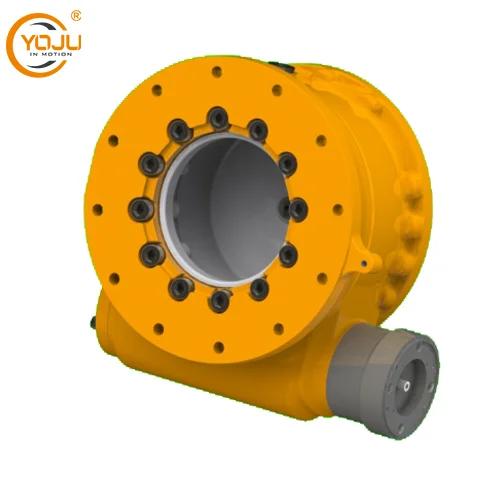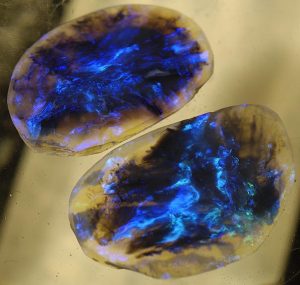Ore minerals play a crucial role in various industries, from mining and metallurgy to manufacturing and construction. Identifying these minerals accurately is essential for efficient extraction and utilization. In this comprehensive guide, we will delve into the intricate world of ore minerals, exploring the key methods and techniques used to identify them. Whether you are a geologist, a mining engineer, or simply curious about the fascinating realm of minerals, this article will provide you with valuable insights and practical knowledge.
- Understanding Ore Minerals:
Before diving into the identification process, it is crucial to grasp the fundamental characteristics of ore minerals. These minerals are economically valuable due to their high concentration of desirable elements or compounds. They are typically formed through geological processes, such as hydrothermal activity, magmatic activity, or sedimentation. Ore minerals can occur in various forms, including crystals, grains, veins, or disseminations within host rocks. - Physical Properties:
One of the primary methods for identifying ore minerals is through their physical properties. These properties include color, luster, hardness, cleavage, fracture, and specific gravity. By carefully observing and measuring these characteristics, geologists can narrow down the potential mineral candidates. For instance, metallic luster and high specific gravity may indicate the presence of sulfide minerals like galena or pyrite. - Optical Properties:
Optical properties, such as transparency, refractive index, and birefringence, can provide valuable clues in identifying ore minerals. Polarized light microscopy is a commonly used technique to examine thin sections of minerals under polarized light. By analyzing the interference patterns and optical behavior, geologists can determine the mineral's identity. For example, the presence of pleochroism in a mineral may suggest the presence of tourmaline or amphibole. - X-ray Diffraction (XRD):
X-ray diffraction is a powerful tool for identifying ore minerals based on their crystal structure. By bombarding a mineral sample with X-rays and analyzing the resulting diffraction pattern, scientists can determine the arrangement of atoms within the mineral. This technique allows for precise identification, even in complex mineral assemblages. XRD can identify minerals such as quartz, feldspar, and various clay minerals commonly found in ore deposits. - Chemical Analysis:
Chemical analysis, particularly using techniques like X-ray fluorescence (XRF) and inductively coupled plasma mass spectrometry (ICP-MS), is crucial for identifying ore minerals. These methods determine the elemental composition of a mineral, providing valuable information about its identity. For instance, the presence of high concentrations of copper and sulfur may indicate the presence of chalcopyrite, a common copper ore mineral.
Conclusion:
Identifying ore minerals is a multidisciplinary process that combines knowledge from geology, mineralogy, and analytical techniques. By utilizing physical properties, optical properties, X-ray diffraction, and chemical analysis, geologists can accurately identify ore minerals and unlock their economic potential. Understanding the characteristics and identification methods discussed in this article will empower professionals in the mining industry and contribute to the sustainable utilization of Earth's mineral resources.









+ There are no comments
Add yours